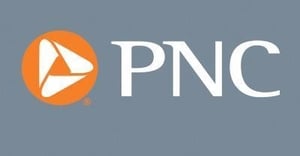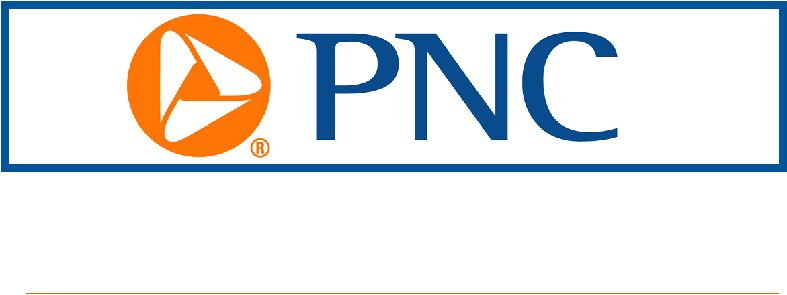
- Retail sales fell more than expected in January, down 0.8% over the month, with declines in most segments.
- The strong labor market is the biggest positive for consumer spending in 2024.
- PNC expects slower but still-positive growth in consumer spending this year.
Retail sales including food service fell 0.8% in January from December, the biggest drop since March 2023. Expectations were for a more modest decline of 0.3%. Sales excluding gasoline fell 0.8%, and sales excluding autos and gasoline fell 0.5%. Sales growth in December was revised down at a 0.4% increase from the initially reported 0.6% gain; sales were also revised lower in November.
Control sales—sales excluding food services, autos, gasoline, and building materials, and which go into nominal consumer spending in GDP—fell 0.4% in December. But this followed increases for eight straight months, including a 0.6% increase in December.
Sales fell in most segments in January. Sales of motor vehicles and parts were down 1.7%, while sales at gasoline stations also fell 1.7% with lower gas prices. Sales of building materials dropped more than 4%, and there was a small decline in sales at electronics and appliances stores. Sales at nonstore retailers, primarily online sales, fell 0.8%. But sales rose 1.5% at furniture and home furnishings store, and 0.7% at bars and restaurants. Sales were flat at general merchandise stores over the month.
On a year-ago basis total retail sales including food service were up 0.6% in January, with control sales up 2.4%.
Although retail sales fell in January, and there were downward revisions to November and December, the general trend is still higher. The fundamentals for consumer spending remain solid. Job growth in January was at its fastest pace in a year, and wage growth accelerated over the month. Slowing inflation is boosting real household incomes. Household wealth is up with higher stock prices and home values. Interest rates are higher than they were a year or two ago but are down from their peaks in the fall; this will support gains in sales of autos and other big-ticket items.
However, one constraint on spending growth going forward will be the need for consumers to save more: the household saving rate is lower than it was before the pandemic, and households have spent down most of their stimulus funds. PNC expects slowing but still-positive growth in consumer spending in 2024 of about 2%.














